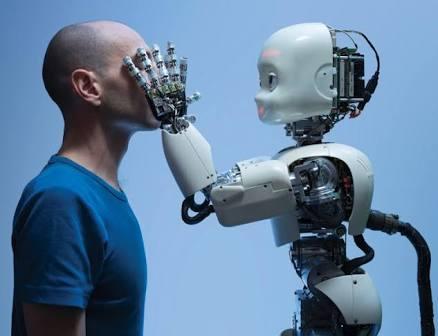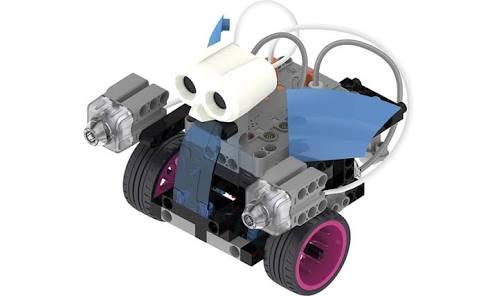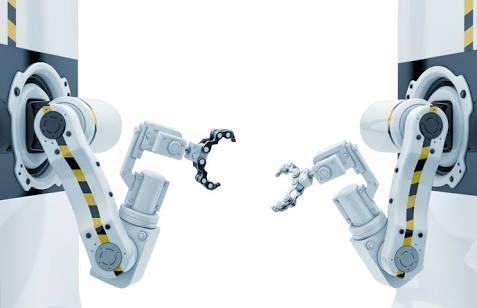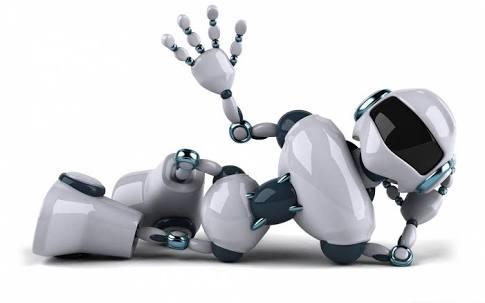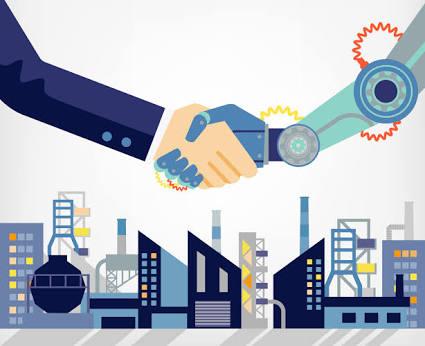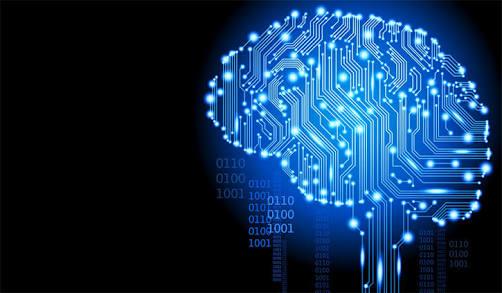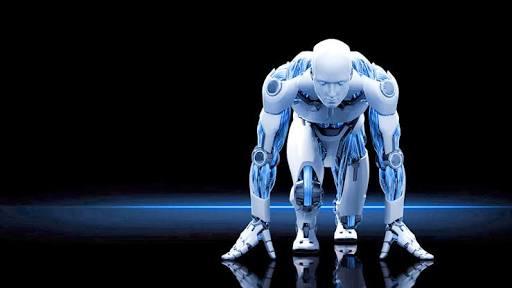Do You Know Robotics?
-
Which one of these is NOT one of the basic parts of a robot?
-
Sensor
-
Drive
-
Controller
-
Peripheral
-
Do you know about robots and the branch that deals with these robots? Check out this quiz based on the cool facts about robotics and test your knowledge of this computer science field. Did you know that developing technologies are used to create machines that can substitute for human beings? Yes, you are thinking correctly! It's robots. Think you know about these technologies and machines deeply? Give this quiz your time and evaluate your understanding of these intelligent machines.

Quiz Preview
- 2.
Which of the following is NOT a type or application of robot?
-
Military
-
Medical
-
Domestic
-
None of the above
Correct Answer
A. None of the aboveExplanation
The correct answer is "None of the above" because all the options mentioned - Military, Medical, and Domestic - are types or applications of robots. Therefore, there is no option that is not a type or application of a robot.Rate this question:
-
- 3.
The name for information sent from robot sensors to their controllers is called?
-
Pressure
-
Feedback
-
Signal
-
Output
Correct Answer
A. FeedbackExplanation
Feedback is the correct answer because it refers to the information that is sent from robot sensors to their controllers. This information is essential for the controllers to make decisions and adjust the robot's actions accordingly. Feedback allows the robot to perceive and respond to its environment, ensuring accurate and efficient operation.Rate this question:
-
- 4.
Which of the following is not a programming language for computer controlled robot?
-
HELP
-
AMU
-
VAL
-
RAIL
Correct Answer
A. AMUExplanation
AMU is not a programming language for computer controlled robots. The other options, HELP, VAL, and RAIL, could potentially be programming languages used for controlling robots.Rate this question:
-
- 5.
Which of the following refers to the rotational movement of a robot’s arm?
-
Yaw
-
Retrograde
-
Swivel
-
None of the above
Correct Answer
A. SwivelExplanation
Swivel refers to the rotational movement of a robot's arm. Yaw refers to the rotational movement of a robot's body or base, not specifically the arm. Retrograde is not related to rotational movement. Therefore, the correct answer is Swivel.Rate this question:
-
- 6.
Industrial Robots are generally designed to carry which of the following coordinate systems?
-
Cartesian coordinate systems
-
Polar coordinate systems
-
Cylindrical coordinate system
-
All of the above
Correct Answer
A. All of the aboveExplanation
Industrial robots are designed to carry all of the above coordinate systems, which include Cartesian coordinate systems, polar coordinate systems, and cylindrical coordinate systems. These coordinate systems allow robots to accurately position and manipulate objects in various ways. Cartesian coordinate systems use three perpendicular axes to determine positions in 3D space, while polar coordinate systems use a distance and angle to locate points. Cylindrical coordinate systems combine elements of both Cartesian and polar coordinates to specify positions in 3D space. By being able to work with all of these coordinate systems, industrial robots can perform a wide range of tasks with precision and flexibility.Rate this question:
-
- 7.
Continuous Path System is used in which of the following?
-
Locking and Loading
-
Unlocking and Unloading
-
Continuous Welding
-
All of the above
Correct Answer
A. Continuous WeldingExplanation
Continuous Path System is used in Continuous Welding. This system allows for the welding process to be performed in a continuous and uninterrupted manner, without the need to stop and reposition the welding equipment. This is particularly useful in situations where a long and continuous weld is required, such as in pipeline construction or in the manufacturing of large structures. The Continuous Path System ensures that the welding torch follows a smooth and consistent path, resulting in high-quality and efficient welds.Rate this question:
-
- 8.
The upward and downward movement of a robot’s arm is called?
-
Pitch
-
Elevate
-
Horizontal
-
None of the above
Correct Answer
A. PitchExplanation
The correct answer is "Pitch." Pitch refers to the upward and downward movement of a robot's arm. It is a term commonly used in robotics to describe the rotation of an object around its horizontal axis. Elevate and horizontal do not accurately describe the specific movement mentioned in the question.Rate this question:
-
- 9.
What sensors are used in measuring the position, velocity & acceleration of the end effectors?
-
External State Sensors
-
Intermediate state sensors
-
Internal state sensors
-
All of the above
Correct Answer
A. Internal state sensorsExplanation
Internal state sensors are used in measuring the position, velocity, and acceleration of the end effectors. These sensors are typically embedded within the end effectors or the robotic system itself, allowing them to directly measure the internal states of the system. By monitoring these internal states, such as the position, velocity, and acceleration, the robotic system can accurately determine the position and movement of the end effectors. This enables precise control and coordination of the robotic system's movements.Rate this question:
-
- 10.
The name for the space inside which a robot unit operates is called?
-
Spatial base
-
Work envelop
-
Exclusion zone
-
All of the above
Correct Answer
A. Exclusion zoneExplanation
The term "exclusion zone" refers to the space inside which a robot unit operates. This term is commonly used in industrial settings to define a restricted area where human access is limited or prohibited for safety reasons. It ensures that humans stay clear of the robot's working area to prevent accidents or injuries. Therefore, "exclusion zone" is the correct answer as it accurately describes the designated space for the robot's operation.Rate this question:
-
Quiz Review Timeline (Updated): Nov 16, 2023 +
Our quizzes are rigorously reviewed, monitored and continuously updated by our expert board to maintain accuracy, relevance, and timeliness.
-
Current Version
-
Nov 16, 2023Quiz Edited by
ProProfs Editorial Team -
Nov 07, 2017Quiz Created by
Jaksiboy
A World With Robots
Explore the intriguing world of robotics with 'A world with Robots'. This quiz assesses understanding of robotics applications, plural forms in English, and logical reasoning...
Questions:
10 |
Attempts:
2089 |
Last updated:
Mar 20, 2023
|
Interesting Robot Facts: Trivia Quiz
This is an interesting robot facts quiz. Robotic knowledge has advanced when compared to the programmable robot invented by George Devol in 1954. Robots now have the power of...
Questions:
10 |
Attempts:
639 |
Last updated:
Mar 20, 2023
|
Robotics Pre Assessment Quiz
We have developed a "Robotics Pre Assessment Quiz" to check if you know the terminologies and processes required to build a robot. This quiz will test your knowledge...
Questions:
50 |
Attempts:
11714 |
Last updated:
Jun 28, 2024
|
Isaac Asimov's "I, Robot" Quiz: How Well Do You Know The Book?
Step into the captivating world of "I, Robot" by Isaac Asimov through this thrilling quiz. This collection of stories has become a timeless sci-fi classic by...
Questions:
10 |
Attempts:
308 |
Last updated:
Dec 26, 2023
|
A World With Robots
Explore the intriguing world of robotics with 'A world with Robots'. This quiz assesses understanding of robotics applications, plural forms in English, and logical reasoning...
Questions:
10 |
Attempts:
2089 |
Last updated:
Mar 20, 2023
|
Revision Unit 4 For The 3rd Grade Intermediate
مراجعة وحدة الروبوت صديقي
إعداد المعلمة :
هنادي محمد قشقري
Questions:
21 |
Attempts:
732 |
Last updated:
Oct 18, 2024
|
 Back to top
Back to top





